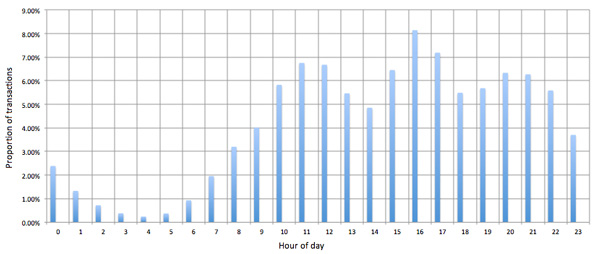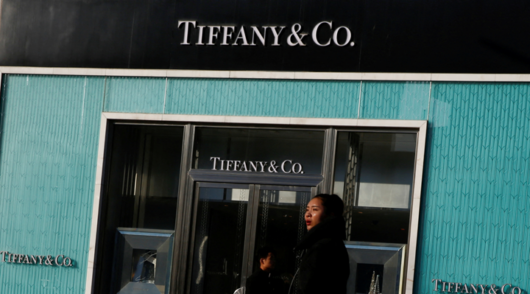
Ruslan Kogan, founder and CEO of Kogan.com, kicked off the first day of Online Retailer with a reality check.
“Buying something for $80 and selling it for $100 isn’t putting your customer first. Putting your customer first is buying something for $80 and selling it for $60,” he said.
According to Kogan, many retailers that talk about customer experience aren’t really putting the customer first.
“There’s a lot of ambiguity in that space, and it means different things for different businesses,” he said.
For Kogan, customer experience comes down to cost. He said retailers that offer free shipping to every customer in the name of customer experience are actually doing a disservice to a certain segment of customers.
“Sending something to Broome or Cairns costs more than sending to Sydney or Melbourne. In essence [by offering free shipping to everyone] you’re going to punish the metro customer and make them subsidise your [rural customer],“ he said.
For Janie Fung (above), partner at US-based venture capital firm, Fung Capital, however, data is at the centre of a good customer experience.
She highlighted how a handful of innovative businesses are using technology to improve the customer journey and supply chain in retail. One of these is Olapic, which enables online retailers to feature user-generated content alongside product images on their website.
Another is Celect, which allows retailers to intelligently allocate inventory to minimise the cycle of overstocking and discounting. “Intelligent retail is a journey to understand, anticipate and deliver the customer’s needs and wants,” Fung said.
University of Pennsylvania’s Wharton School professor of marketing David Bell shared his framework for winning in the digital economy by making the customer the ‘BOSS’.
This stands for: bonding not branding; orators not customers; showrooms not stores; and science not search.
Bell noted that successful businesses develop a bond with their customers, which transcends the brand.
This is achieved by having an engaged community and compelling content and being authentic and transparent.
He added that successful businesses also understand that their audience today has an audience.
In other words, customers want to share relevant stories with their followers, and retailers can motivate their customers to do so by offering extrinsic and intrinsic rewards.
Showrooms are another way some retailers are creating a next-level customer experience, according to Bell.
He said showrooms are also beneficial to businesses, since they remove the inventory challenge.
Finally, he said successful businesses use science to improve the customer experience, so shoppers don’t need to search for information themselves.
For instance, retailers are beginning to use push notifications to inform customers walking by a store that the item they were looking at online is in stock.
The theme of customer experience continued in the afternoon session at Online Retailer, with a panel (above) on how various players in the e-commerce space need to adapt their customer experience to meet the rising demands of millennials.
Sean Hatter, UPS’s head of marketing, said customers are no longer happy to change their plans to suit the delivery company; they expect the delivery company to accommodate their schedule. And there is no tolerance for slow or late deliveries.
Meanwhile, Dotmailer’s head of operations Murdo Wallace said there is no silver bullet when it comes to technology adoption to improve the customer experience.





